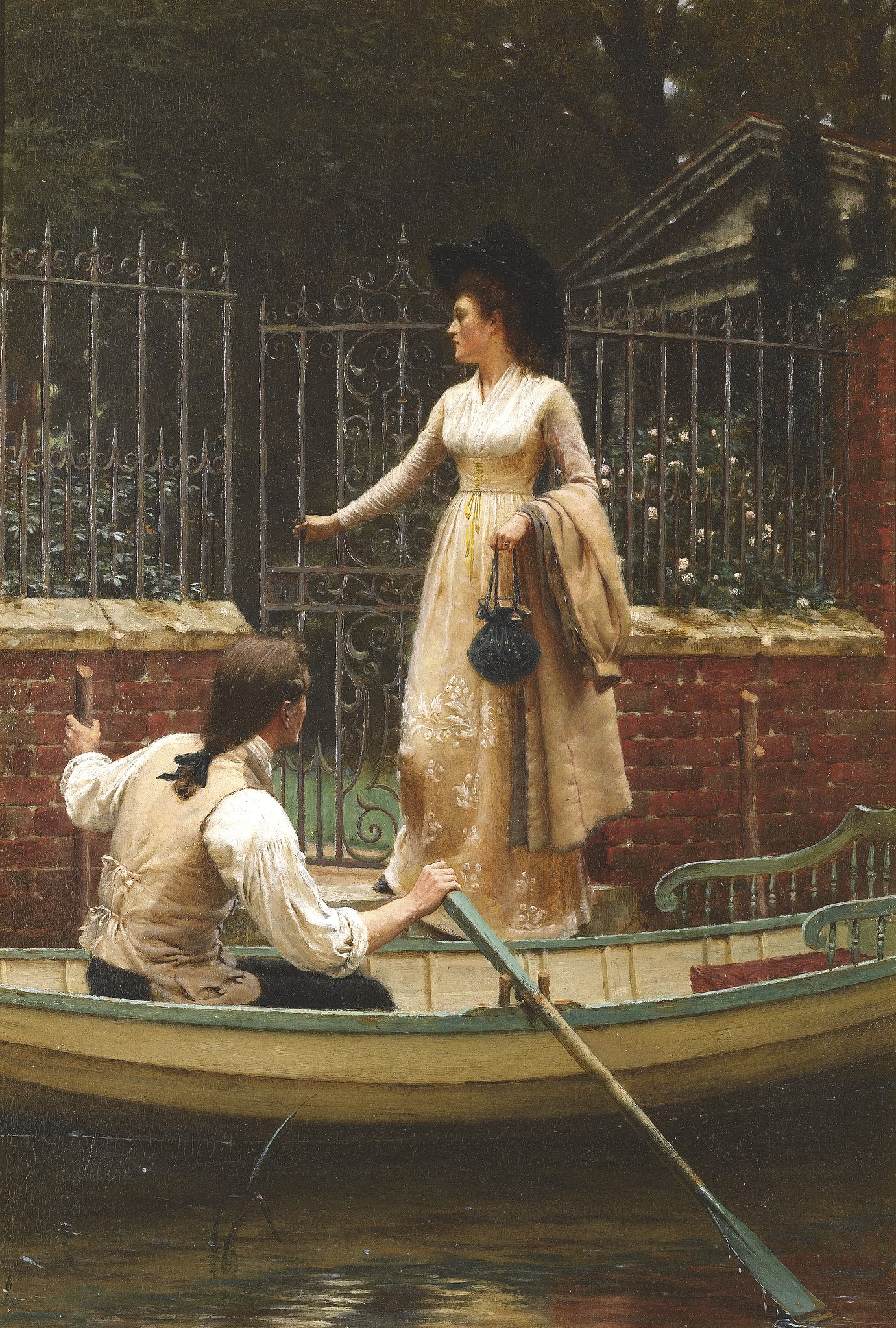Old baron des ravots had for forty years been the champion sportsman of his province. But a stroke of paralysis had kept him in his chair for the last five or six years. He could now only shoot pigeons from the window of his drawing-room or from the top of his high doorsteps.
He spent his time in reading.
He was a good-natured business man, who had much of the literary spirit of a former century. He worshipped anecdotes, those little risque anecdotes, and also true stories of events that happened in his neighborhood. As soon as a friend came to see him he asked:
“Well, anything new?”
And he knew how to worm out information like an examining lawyer.
On sunny days he had his large reclining chair, similar to a bed, wheeled to the hall door. A man servant behind him held his guns, loaded them and handed them to his master. Another valet, hidden in the bushes, let fly a pigeon from time to time at irregular intervals, so that the baron should be unprepared and be always on the watch.
And from morning till night he fired at the birds, much annoyed if he were taken by surprise and laughing till he cried when the animal fell straight to the earth or, turned over in some comical and unexpected manner. He would turn to the man who was loading the gun and say, almost choking with laughter:
“Did that get him, Joseph? Did you see how he fell?” Joseph invariably replied:
“Oh, monsieur le baron never misses them.”
In autumn, when the shooting season opened, he invited his friends as he had done formerly, and loved to hear them firing in the distance. He counted the shots and was pleased when they followed each other rapidly. And in the evening he made each guest give a faithful account of his day. They remained three hours at table telling about their sport.
They were strange and improbable adventures in which the romancing spirit of the sportsmen delighted. Some of them were memorable stories and were repeated regularly. The story of a rabbit that little Vicomte de Bourril had missed in his vestibule convulsed them with laughter each year anew. Every five minutes a fresh speaker would say:
“I heard ‘birr! birr!’ and a magnificent covey rose at ten paces from me. I aimed. Pif! paf! and I saw a shower, a veritable shower of birds. There were seven of them!”
And they all went into raptures, amazed, but reciprocally credulous.
But there was an old custom in the house called “The Story of the Snipe.”
Whenever this queen of birds was in season the same ceremony took place at each dinner. As they worshipped this incomparable bird, each guest ate one every evening, but the heads were all left in the dish.
Then the baron, acting the part of a bishop, had a plate brought to him containing a little fat, and he carefully anointed the precious heads, holding them by the tip of their slender, needle-like beak. A lighted candle was placed beside him and everyone was silent in an anxiety of expectation.
Then he took one of the heads thus prepared, stuck a pin through it and stuck the pin on a cork, keeping the whole contrivance steady by means of little crossed sticks, and carefully placed this object on the neck of a bottle in the manner of a tourniquet.
All the guests counted simultaneously in a loud tone–
“One-two-three.”
And the baron with a fillip of the finger made this toy whirl round.
The guest to whom the long beak pointed when the head stopped became the possessor of all the heads, a feast fit for a king, which made his neighbors look askance.
He took them one by one and toasted them over the candle. The grease sputtered, the roasting flesh smoked and the lucky winner ate the head, holding it by the beak and uttering exclamations of enjoyment.
And at each head the diners, raising their glasses, drank to his health.
When he had finished the last head he was obliged, at the baron’s orders, to tell an anecdote to compensate the disappointed ones.
Here are some of the stories.
